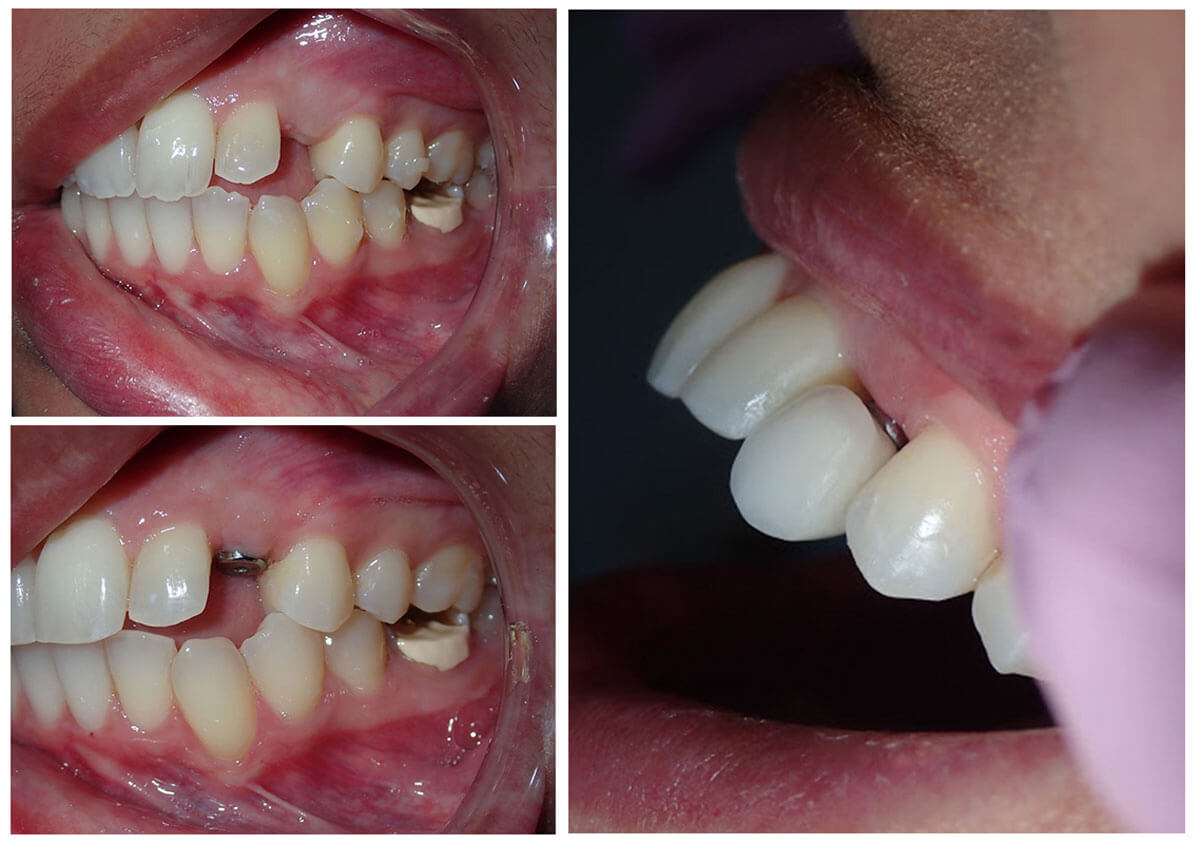All about Dental Implants
All about Dental Implants
Blog Article
Our Dental Implants PDFs
Table of ContentsUnknown Facts About Dental ImplantsThe smart Trick of Dental Implants That Nobody is DiscussingDental Implants Fundamentals ExplainedDental Implants - An Overview
are clinical devices operatively dental implanted into the jaw to restore an individual's capability to chew or their appearance. They give support for fabricated (phony) teeth, such as crowns, bridges, or dentures. When a tooth is lost because of injury or illness, a person can experience issues such as rapid bone loss, faulty speech, or modifications to eating patterns that result in discomfort.
Framework of The Dental Implant System selecting dental implants, speak with your dental service provider regarding the potential advantages and threats, and whether you are a candidate for the procedure. Points to think about: Your general wellness is an essential variable in establishing whether you are a good candidate for oral implants, how long it will certainly require to recover, and how long the dental implant might stay in area.
Cigarette smoking might affect the recovery procedure and reduce the long-lasting success of the dental implant. The recovery procedure for the implant body may take numerous months or longer, during which time you typically have a short-term joint instead of the tooth. the oral implant treatment: Meticulously adhere to the dental health instructions provided to you by your oral supplier.
The Main Principles Of Dental Implants
Implant failing can result in the requirement for an additional surgery to fix or change the implant system. Restores the capacity to eat Restores aesthetic appearance Helps maintain the jawbone from reducing due to bone loss Preserves the health and wellness of the surrounding bone and periodontals Helps maintain nearby (nearby) teeth stable Enhances quality of life Damages to bordering natural teeth throughout dental implant positioning Injury to the surrounding tissues during surgical treatment, such as sinus perforation Injury during surgery (as an example, crack of surrounding jawbone) Inadequate function, such as seeming like the teeth do not bite with each other generally A sensation that the tooth hangs or twisting in area resulting from a joint screw loosening up Implant body failing (looseness of the dental implant body) as a result of systemic infection, which might be much more likely in patients with unchecked diabetes as a result of regional infection in bone and gums sustaining the dental implant body due to postponed healing, which might be more probable in clients who smoke Problem cleaning up the gums around the dental implant, leading to bad dental health Neglected gum illness Post-surgical tingling due to nerve impingement or damages Always inform healthcare carriers and imaging technicians that you have dental implants before any type of magnetic vibration imaging (MRI) or x-ray treatments.
FDA is not knowledgeable about any type of negative occasions reported for MRI or x-ray procedures with dental implants. Oral implants systems are normally made from materials that adhere to worldwide consensus standards of the International Organization for Standardization (ISO) or ASTM International. These criteria have details of what makes a secure material.
Dental dental implant systems are assessed according to international consensus standards. Biocompatibility testing, to show that bodily call with the device does not create difficulties like inflammation or sensitive reaction, is component of the evaluation that aids guarantee the products in the oral implant system are risk-free and do not create negative impacts when dental implanted in people.

The Ultimate Guide To Dental Implants
Some people are not eligible for dental implant surgical treatment. It is for oral doctors to run on individuals with: severe illnessuncontrollable metabolic diseasebone or soft tissue disease or infectionIf these concerns are settled, a person can have the surgery. Dental Implants. In, oral doctors abstain from operating individuals with: If individuals with Continue any of the above go through dental implant surgery, there is a greater danger of the dental implant stopping working
Some people have a jawbone irregularity that avoids adequate bone for a dental implant from creating. In such situations, a cosmetic surgeon may need to execute a ridge modification. This involves lifting the gum tissue to subject the location of flawed bone. The cosmetic surgeon will certainly then use a bone or bone alternative to repair and accumulate the location.
Dental dental implant surgery is an individualized procedure. It's not the same for everyone. The adhering to provides a general summary of what you can anticipate your dentist, dental surgeon, periodontist or prosthodontist to do: Put the implant surgically. Provide you time to heal. Connect the message and final crown, bridge or denture.
Next, your doctor will meticulously place the dental implant right into your jaw. If your Get More Info implant is near the front of your mouth, your dental practitioner will certainly make a short-lived tooth for you to put on till you heal.
Facts About Dental Implants Uncovered
Your provider can tell you what to anticipate in your circumstance. Throughout the recovery stage, your jawbone should fuse to the oral implant. This process, called osseointegration, is crucial for stability and lasting success. This procedure can take anywhere from 3 to 9 months. In some cases, it might take much longer.
Once your implant heals, your dental professional can affix the joint (tiny adapter article) and your last restoration (crown, bridge or denture). This usually takes about one hour to complete and may require a 2nd small surgical procedure. You shouldn't really feel any kind of pain throughout your dental implant procedure because your copyright will certainly use content drug to numb your gum tissues.
Report this page